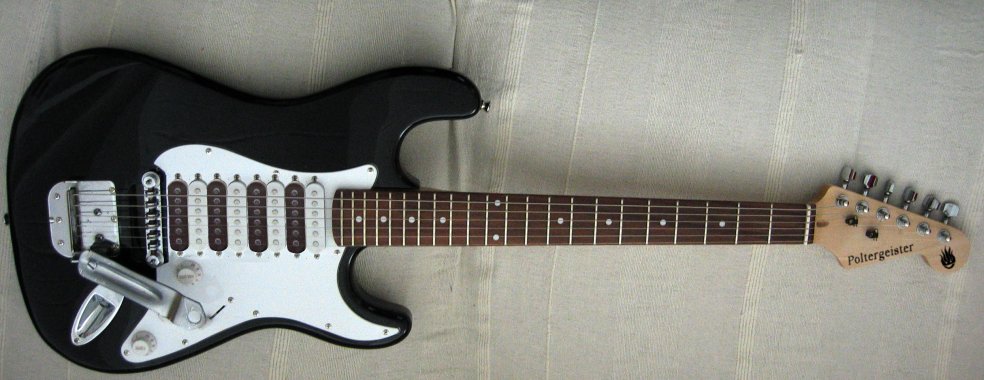Originally posted by John Kolbeck
View Post
Guitars, on the other hand, have a very low magnetic coupling to the string, so shorting out the pickup would not reflect any measurable damping on the string vibration. The pickup has such a high DCR winding resistance, unlike the microphone example above, that a shorted or loaded output had very little effect back to the string vibration.
I hope this answers the question?
Joseph J. Rogowski


Leave a comment: